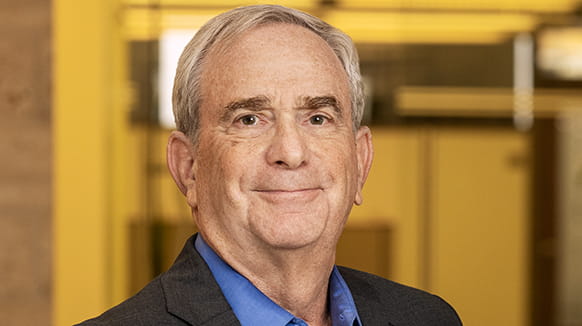A $121 million settlement agreed to last week by Chevron Phillips has attracted attention not just for its dollar amount, but also its strict air quality-monitoring requirements, which some say could signal a new era for environmental settlements.
The deal, which the U.S. Department of Justice and the U.S Environmental Protection Agency announced last week, puts to bed allegations of Clean Air Act violations at three Texas chemical plants run by the company. …
But Jeff Civins of Haynes Boone LLP said the Chevron Phillips action appears to take things a step further. While many of those previous settlements included the monitoring as part of "supplemental environmental projects," Civins said its inclusion at the three plants in Texas as injunctive relief means noncompliance could trigger penalties down the line.
The requirements effectively amount to an "ad hoc air quality standard," he added. Though the Chevron Phillips settlement targets benzene specifically and through the regulatory mechanisms of the Clean Air Act, it's not hard to imagine the EPA using the template with other pollutants like ethylene oxide through the Toxic Substances Control Act.
"I think it could be a model for other pollutants if the technology is there and if that pollutant is of concern to the local community," said Civins, who represents oil and gas companies, chemical manufacturers, and waste management companies. "If so, they may require monitoring if it's a hazardous air pollutant."
To read the full article from Law360, click here.
